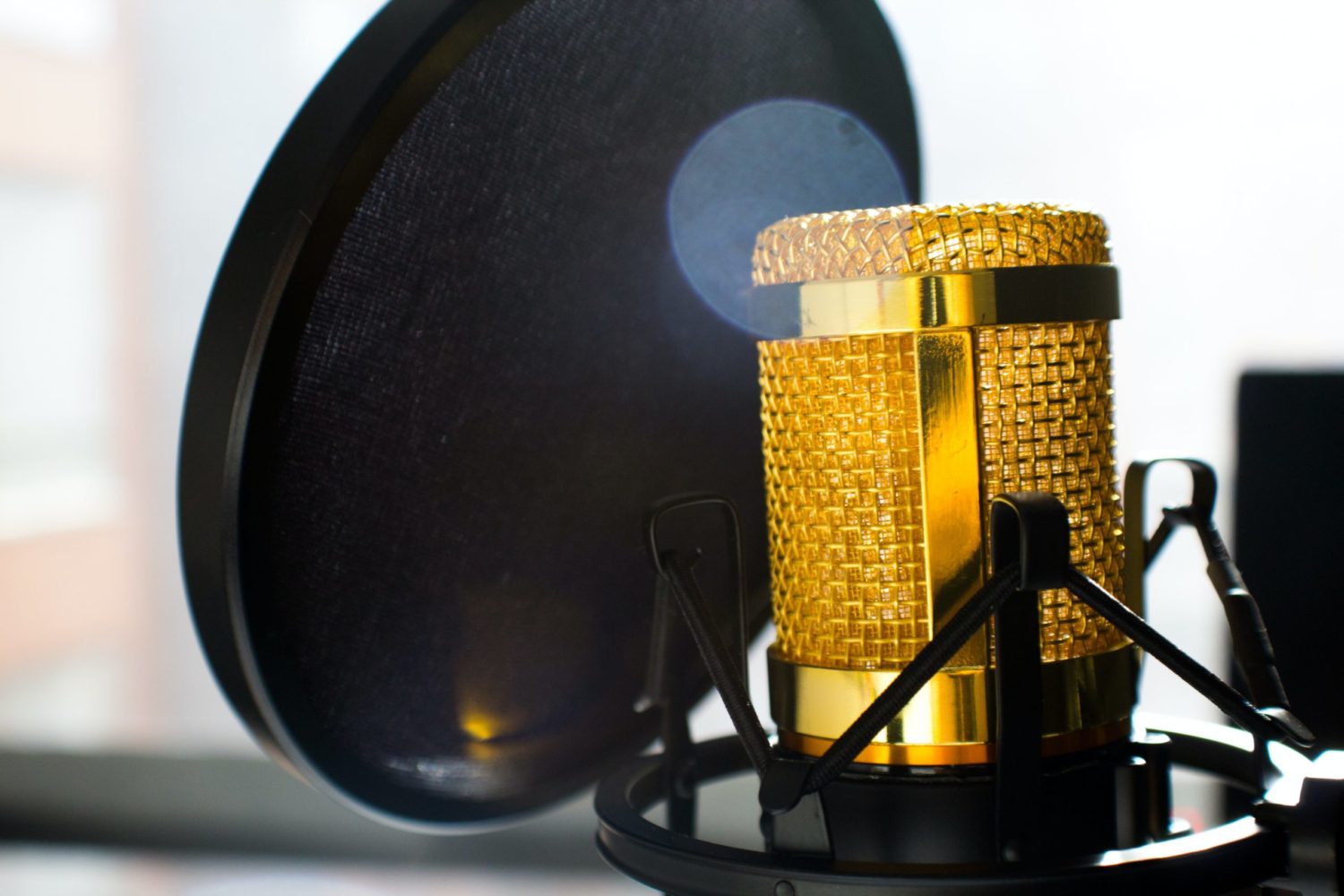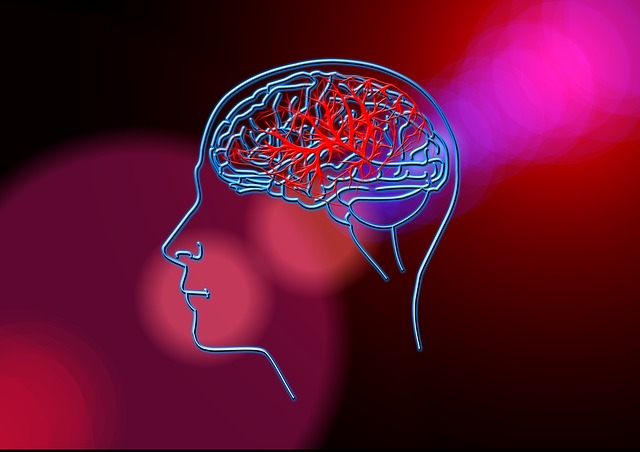Definition
Toxidromes are a constellation of signs and symptoms associated with a specific exposure to a class of drugs or toxins.
Quick Synopsis
There are two broad classes.
Physiologic stimulants
Physiologic stimulants induce that fight or flight response. So think about what you need to fight. You need your heart rate to be pumping blood to all your muscles and organs. You need to be aggressive and mean. And you need your eyes to be ready for an attack. So it makes sense that these patients have large pupils, tachycardia, are hypertensive and can be mean as hell.
Physiologic depressants
These are going to be your CNS depressant drugs that cause you to be sleepy, sluggish and less responsive.
Treatment
Honestly, prehospitally, you’re going to treat a lot of these the same- if it’s a stimulant sedate them and if it’s a depressant wake them up and/or support their breathing.
The down and dirty…
- If they’re on an upper put ‘em down. Benzo. Benzo. Benzo.
- If they’re on a downer. Check the blood glucose. Give naloxone for inadequate respirations. And if you have to, mechanically support respirations.
The Full Details
Oftentimes you don’t know what a drug is just based on it’s name or how bystanders describe it. Toxidromes give you the clues you need to figure out what’s going on with the patient. There are 5 main toxidromes- sympathomimetic, anticholinergic, cholinergic, opioid, sedative-hypnotic.
We don’t really touch on the cholinergic toxidrome in this post because we don’t often encounter it on the street. Cholinergic poisonings are often a concern in chemical warfare or pesticide exposures. So we’ll save this toxidrome for a future episode of its own.
This leaves us with the remaining 4 toxidromes which we can split between our broad category of stimulants (uppers) and depressants (downers).
For our stimulants…
- Sympathomimetic toxidrome-. These drugs are your “pure stimulants”. That’s because they directly activate that sympathetic fight-or-flight system. Most commonly we think of drugs of abuse like meth and cocaine in this category. But it can also include prescription medications like Adderall and Ritalin and even something like MDM and LSD can be considered in this class.
- Anticholinergic toxidrome- As a quick review- acetylcholine is the main neurochemical responsible for activating the parasympathetic nervous system. Anticholinergics block this neurochemical. Thus, anticholinergics allow the sympathetic system to go on unchecked. If that happens then we get a similar but slightly different toxidrome to our sympathomimetics. With this toxidrome we have a memory tool to help us remember the presentation. These patients present… Mad as a hatter. Red as a beat. Dry as a bone. Blind as a bat. Let’s break this down. They are mad as a hatter because of they are often confused, hallucinating or don’t make much sense as they try to communicate. They are red as a beat because they have red and flushed skin. They are dry as a bone because their skin is often bone dry on exam. This is actually one of the big differences between this toxidrome and sympathomimetics. Finally, Blind as a bat because of the mydriasis (dilated pupils) these drugs cause. Often we see this with medications like diphenhydramine or atropine. But we can also see it with plants and other things people experiment with like Jimson weed or mushrooms.
Moving on to our depressants…
- Opioid toxidrome- Examples of opioids that lead to this toxidrome are heroine, oxycodone and fentanyl. These are the drugs that work directly on your mu receptors and lead to both the euphoria and dopamine release that we think of with the opioid use disorder side of things. As well as the analgesia, that medically we think of as the desired effect. And then the less desired effects of respiratory depression. Another drug here that we may not commonly think about is lomotile or immodium which is another weak mu agonist that may be abused for similar properties.
- Sedative-hypnotic toxidrome- Most classically these are our benzodiazepines. These act on your gaba receptors in your brain which are your “happy, sleepy receptors”. Less commonly abused drugs you may see are barbiturates and the non-benzo benzo like drugs. Commonly referred to as the Z drugs because they include drugs that often start with a Z such as zolpidem also known as ambien as well as zopiclone and other drugs in this class that help people sleep between their night shifts. The other atypical drugs that fit into this are baclofen and GHB which work on similar receptors but have slightly different effects.
How do we figure it out?
The biggest key components for how we’re going to determine what our patients took:
- The first being a good history. Probably most importantly interviewing bystanders, friends, and family for prior known hx of substance abuse or other medical problems that could be masquerading.
- The second is a good tox physical exam.
- And if our history and physical exam aren’t fitting with a certain toxidrome we gotta switch gears
The Physical exam…
What is a good tox physical exam?
- Vital Signs- tachycardic/bradycardic/normal, hypertensive/normotensive/hypotensive, respiratory rate fast or slow, temp hyperthermic or hypothermic
- Alot of agency won’t have a temp probe so we can add this into our skin physical exam, do they feel hot or cold
- Pupil exam- big or small or normal
- Skin- flushed or not, dry or wet, hot or cold
- The “tox handshake”- stick a gloved hand into the patients arm pit. Is it drenched? As in a sympathomimetic toxidrome. Or completely dry? As in an anticholinergic toxidrome. Or just a normal amount of perspiration. Gross I know… key- GLOVED hand.
- Neuro- hyperactive, hypoactive, hallucinating
- GI- hypoactive/hyperactive
Let’s break this all down with some simple patient presentations and talk about how we’re going to treat them.
Patient #1
Presents running around the street naked attempting to break car windows. Physical exam reveals tachycardia, hypertension, mydriasis, and diaphoresis.
- This is a physiologic stimulant and is most likely a sympathomimetic. You can distinguish this from your anticholinergics because they will often be diaphoretic and if you were to listen to bowel sounds they would have hyperactive bowel sounds. This is opposed to anticholinergics that may present similarly but be dry as a bone and have hypoactive bowel sounds
- Goal here is to correct any life threatening physiologic abnormalities and to create a safe environment for provider, patient, and public. Benzos. Benzos. Benzos.
Patient #2
Presents unconscious, with a decreased respiratory rate, pinpoint pupils, and is cool to the touch with otherwise normal perspirations.
- This is our opioid toxidrome. We all know how to treat, support respirations and narcan.
- You have to be careful with these calls. This can be a classic trap of someone not breathing so I jump to managing the apnea with intubation. And then later realize it might be an opioid overdose and give narcan and then the patient starts pulling at the tube. Obviously didn’t need to be intubated. Always think before intubating, are there any reversible causes for this resp depression? Mainly glucose or opioid.
- What is the goal of naloxone? How much should we give?
- Goal is to simply maintain respirations, NOT CONSCIOUSNESS.
- Good dose is 0.5mg boluses titrated to respirations. Unless the patient is peri-arrest, then don’t mess around and go ahead and give the full 2mg.
- Are there any dangers to naloxone?
- You can precipitating withdrawal which is uncomfortable and no fun for anyone. Could lead to vomit all of your ambulance.
- Flash pulmonary edema is also a rare complication.
- Exact pathophysiology of why this occurs is unknown. But one theory is the respiratory system wakes before the glottis does leading to a deep inspiration against a closed glottis. This rapid elevation in negative pressure pulls fluid into the lungs.
- This is treated supportively. May need some time on CPAP or BiPAP to improve oxygenation.
Patient #3
Called to a party where patients’ friend notes they took a handful of an unknown medication that was supposed to relax them and now the patient is unconscious. There is a mildly decreased respiratory rate, normal pupils, and otherwise normal vitals.
- Sedative/hypnotic- hallmark here is the decreased level of consciousness with normal pupils and vitals. The normal pupils and respiratory rate helps differentiate it from our opioid overdose. Generally sedative/hypnotics do not affect your respiratory rate or blood pressure in healthy individuals, unless large doses are consumed. And unlike opioids, sedative/hypnotics generally do not have an effect on your pupils.
- If GHB is the agent this can cause some respiratory depression and apnea but is often short lived and alternates with periods or alertness or agitation.
- It’s worth mentioning here that a closely related toxidrome to the sedative/hypnotics, which we did not talk about, is the sympatholytic toxidrome. These include medications such as CCB/BB, digoxin, and clonidine. Each medication in this class has a slightly unique presentation but commonalities include CNS depression, bradycardia and hypotension.
- For more on CCB/BB overdose see Ep. 12 when we sat down with Toxicologist Alexa Camarena-Michel
- For more on Digoxin and other cardiac glycoside complications see Ep. 14 when we sat down with Toxicologist John Rague
- Alpha-2 agonists such as clonidine cause miosis (pinpoint pupils) and respiratory depression in addition to CNS depression, bradycardia, and hypotension. These can look like opioid overdoses but do not respond to naloxone. Treatment is generally supportive and occasionally they need mechanical ventillation as you wait for them to metabolize the substance.
- For more information on the sympatholytic toxidrome check out this post by life in the fast lane (litfl). https://litfl.com/sympatholytic-toxidrome/
- Treatment for sedative/hypnotics is generally just supportive as you wait for them to metabolize the substance.
Patient #4
Is at the 7/11 acting strangely. You get there and the patient is hallucinating, mildly agitated. You note mydriasis. Skin is warm to the touch, dry, and flushed. They are tachycardic but with relatively normal respirations.
- This is an anticholinergic. Fun saying to remember this one. Red as a beat (flushed skin). Dry as a bone (dry skin). Blind as a bat (mydriasis). Mad as a hatter (confusion, hallucinations)
- Interesting point to note. Sometimes the agitation these patients experience is actually be due to urinary retention caused by the drug. And all you need to do to relieve this agitation is relieve the bladder distension with a urinary catheter.
- Urinary retention occurs because acetylcholine is a major neurochemical that triggers our smooth muscles, including those in our bowel and bladder, to squeeze. And anticholinergics block acetylcholine at these receptors. In fact this is another distinguishing factor from sympathomimetics. In anticholinergic toxicity you should have decreased bowel sounds and have abnormally dry skin. Where as in sympathomimetic toxicity you will have hyperactive bowel sounds and be diaphoretic.
- Interesting point to note. Sometimes the agitation these patients experience is actually be due to urinary retention caused by the drug. And all you need to do to relieve this agitation is relieve the bladder distension with a urinary catheter.





